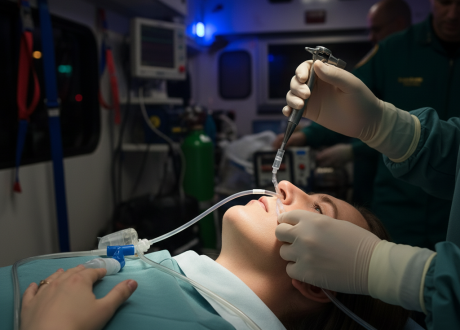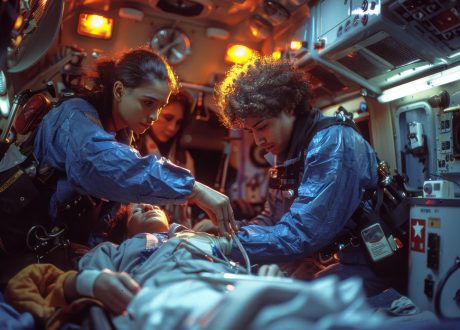Written by Amanda Mathews
![]()
In this large, single-institution retrospective review of pediatric blunt trauma patients, no clinically significant injuries (requiring operative intervention) were missed when using multi-detector CT scan as the imaging modality of choice.
Why does this matter?
We have been taught that pediatric anatomy makes it more likely for children to have ligamentous spinal cord injuries without imaging evidence (SCIWORA) compared to adults. However, the utility of MRI for pediatric patients with normal CT has already been called into question. In adults, EAST concluded that even obtunded patients could be cleared with a normal CT and no MRI, and WEST found that a negative c-spine CT ruled out clinically significant injuries, assuming a normal baseline neurological exam. They also concluded that c-spine clearance is even acceptable in intoxicated patients if gross motor function is normal, no neurologic complaints, and c-spine CT is negative per an experienced radiologist. So, how accurate is CT for children?
Kids love donuts (of truth)
This was a retrospective cohort study using the trauma registry of a level 1 pediatric trauma hospital. Inclusion criteria were: patients <18 years of age with any c-spine imaging (XR, CT, MRI) from January 1, 2012 through December 2021. The primary outcome was the occurrence of a clinically significant cervical spine injury (CSI), which they defined as requiring surgical fixation or halo placement.
4,477 patients underwent spine imaging over this time; 2,306 had a CT of the cervical spine done. Of those, 317 CT scans had an abnormal finding, and 59 patients were diagnosed with a clinically significant CSI. They did not identify any false negative CTs, making the sensitivity in this study 100%. There was a cohort of patients who had a normal CT scan and went on to get an MRI (n=232). These patients either remained obtunded several days into their hospital admission or had persistent pain, paresthesia, or weakness. Of this cohort, 17 had an abnormal MRI, yet none of the injuries identified on MRI required operative fixation or halo placement.
While the single site, retrospective nature of this study may limit its generalizability, the results are very compelling. If you have a normal cervical spine CT in an awake pediatric patient with a normal neurological exam, this paper suggests you can feel confident in clearing the cervical collar and know you aren’t missing any clinically significant injuries.
Source
Pediatric Cervical Spine Clearance: A 10-year Evaluation of Multi-Detector Computed Tomography at a Level 1 Pediatric Trauma Center. J Trauma Acute Care Surg. 2023 Apr 19. doi: 10.1097/TA.0000000000003929. Epub ahead of print.
Editor’s note: We agree with the authors and do not want to encourage overutilization of CT in children. However, if a CT has been performed and is normal, and the child’s neurological exam is normal, I will clear the collar even if the child still has some c-spine tenderness. Over half of adults presenting for other reasons, with no neck trauma, had midline c-spine tenderness. Children with a broken neck who are alert (GCS 14-15) will hold their head oddly and won’t want to move their neck. Fact is, kids are not going to wear the collar at home anyway. ~Clay Smith








